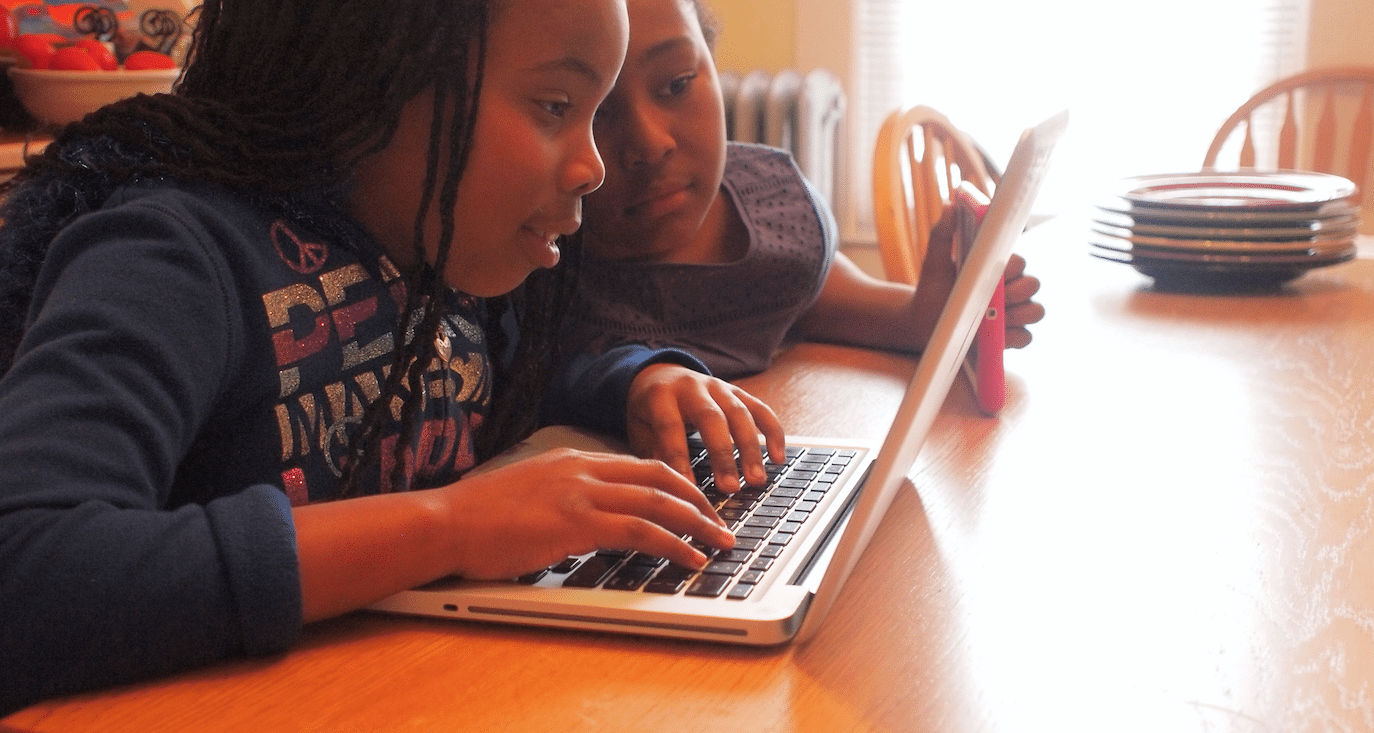
A new census about kids’ media use is out today from one of the field’s top researchers. Authored by Vicky Rideout for Common Sense Media, it sheds some new light on things we thought we knew about kids’ media habits. And it definitely has a few surprises.
The report puts some real numbers to the idea we probably all share, that kids are spending enormous amounts of time on entertainment. The report notes tweens spend about 6 (six!) hours per day being entertained electronically. This leaves them scant time for the paper rounds, the book learning, the playing with sticks and hoops, the painting of fences, the sweeping of chimneys, or the constant whittling that occupied many of us as children.
But perhaps surprisingly, in this report about a heady mix of entertainment sources, there is no obituary for television. The report notes that “Despite the variety of new media activities available to them, watching TV and listening to music dominate young people’s media diets.”
That viewing and listening has shifted platforms, of course.
I know, for example, that the PBS KIDS iPad video app ships a bajillion video streams a month. For even more mathematical detail than my estimate implies, the report crunches the numbers as follows:
Overall, mobile devices now account for 41 percent of all screen time among tweens and 46 percent among teens. Both tweens and teens now interact with media content across a diverse set of devices. For example, among teens only half (50 percent) of all TV- and video-viewing time consists of watching TV programming on a TV set at the time it is broadcast; 8 percent involves time-shifted viewing on a TV set; 22 percent involves watching online videos on platforms such as YouTube; 7 percent involves watching DVDs; and 14 percent involves watching TV shows or movies on another device such as a computer, tablet, or smartphone.
I would personally have pictured it differently. For me, even that 50% figure for watching-TV-when-it’s-on-TV seems high as my girls watch almost nothing when it’s broadcast. But that may be skewed by a household allergy to sports television and a lack of interest in watching Tiny House shows with Mom.
Elsewhere this far-ranging report digs into multitasking and finds that many teens multitask with media while doing their homework. Yet most teens also think this has no effect on the quality of their work. Perhaps there are no surprises there: they are teenagers, after all, ones who feel they can Skype, Snapchat, and watch Pretty Little Liars without impacting their simultaneous ability to also text, watch Jenna Marbles, and make Vines. So if that’s true, why shouldn’t it be true of homework? Duh, Dad.
(My colleagues at Frontline also recently produced some very interesting pieces about this topic.)
I did press Vicky on one aspect that caught my attention, getting to some hot topics of race and money. This new research reinforces that there remains a “digital equality gap” that some had thought was to be consigned to ancient history (circa 2013). For example, qualitative research by another Vikki, Vikki Katz, suggest that even low-income families strive to get their kids tablets and internet access. I asked Vicky-with-a-Y to unpack that apparent contradiction for me, especially because so much of WGBH’s own work tries to reach low-income families with educational media across traditional TV and digital platforms.
She says:
There is certainly a gap in both household and personal youth ownership of computers and smartphones. In fact, low-income children are more likely than higher income kids to watch educational content on TV, and much less likely to use educational content on mobile devices. So, if you want to reach the maximum number of low-income youth with educational content, you can’t leave out TV programming that airs on a TV set, preferably on broadcast.
Having said that, the majority of even low-income youth have some type of Internet-enabled device in their home, and if we’re looking at 8- t0 12-year-olds, the gap for tablets is smaller than the gap for smartphones and computers.
I would also say that even when creating content for mobile devices, the other story that emerges from the Common Sense Census is how much young people like TV. It seems to have an enduring hold on kids’ imaginations.
For more visit Common Sense Media or VJR Consulting.


